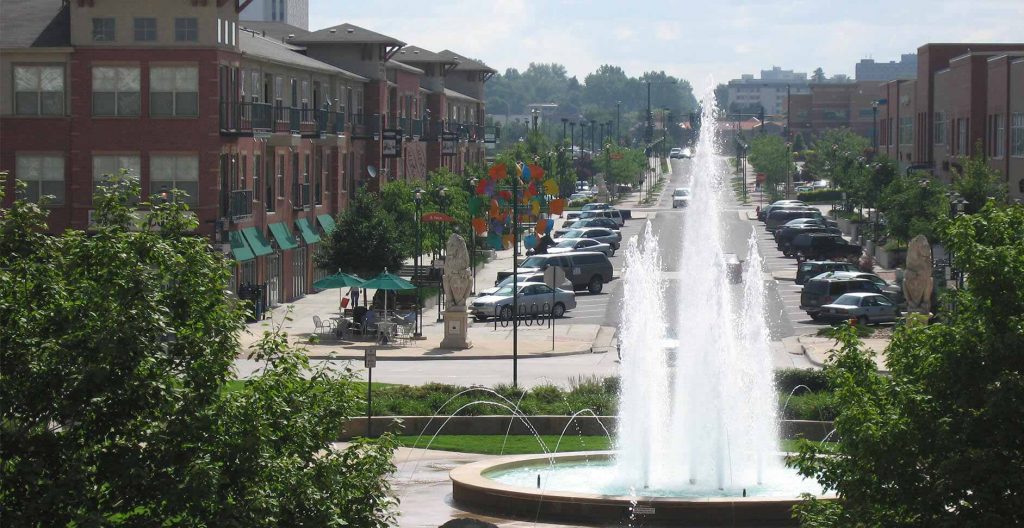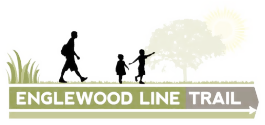Development of the rail viaduct and adjacent areas has been recommended in three recent planning documents.

The Englewood: Making a Difference Quality-of-Life Plan, December 2005 first set out the idea for an urban agriculture district along the rail corridor. The planning effort was led by Teamwork Englewood and a broad coalition of residents and organizations.
Green Healthy Neighborhoods is a 10- to 20-year planning strategy to maximize the use of vacant land and other resources within Chicago’s Englewood, West Englewood, Washington Park, and Woodlawn communities. Published in 2014, the plan recommended that the Englewood Trail should anchor an adjacent urban agriculture district. The plan also recommended expansion of the Adjacent Neighbors Land Acquisition Program, which has since been implemented as the City of Chicago Large Lot program, transferring 276 lots to Englewood property owners for $1 each. Green Healthy Neighborhoods was supported by the Chicago Metropolitan Agency for Planning and the City of Chicago and had a broad community outreach strategy.

The New ERA Trail Community Vision Plan, completed in 2009 for Openlands Project, provides a broad vision and conceptual ideas for conversion of the corridor into a “community landmark and signature destination.” The plan envisioned active recreation spaces, agriculture, arts, and a marketplace for small businesses.
